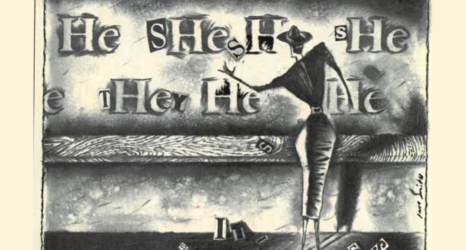In what could be an exciting linguistic turn for trans and gender-nonconforming folks, the Oxford English Dictionary is considering adding the gender-neutral honorific Mx. to future editions.
Pronounced “mix” or “mux,” the term has been gaining mainstream traction in the U.K. in the last several years. According to British newspaper The Sunday Times, government departments, the postal service, and some universities and banks all accept the term on official forms.
Said OED assistant editor Jonathan Dent, “This an example of how the English language adapts to people’s needs, with people using language in ways that suit them rather than letting language dictate identity to them.”
Mx. is used less frequently in the U.S., but given that we may have reached what TIME magazine called a “transgender tipping point,” the stateside use of the term could be on the horizon.
The honorific Ms.—used in lieu of Miss or Mrs., which both reflect a woman’s marital status—was slow to enter the American lexicon. According to The New York Times, the term was first suggested for use in 1901 by a Republican man who sought to avoid awkward social situations where a woman’s marital status was unknown and the wrong term was used. It enjoyed some debate after that but didn’t gain a champion until the 1960s when feminist activist Sheila Michaels took up the charge. The term became a calling card of the feminist movement in the 1970s, and slowly entered the public lexicon thereafter. (The Times, in fact, didn’t adopt the term until 1986).
Here’s hoping the use of Mx. becomes normalized much more quickly!
Get Ms. in your inbox! Click here to sign up for the Ms. newsletter.





